If you’re a crochet or knitting enthusiast, you know that not all yarns are created equal. Choosing the right yarn can make or break a project, so understanding how to evaluate yarn quality is crucial. In this guide, we’ll dive into how to assess texture, durability, stitch definition, and more to help you make the best yarn choices for your projects.
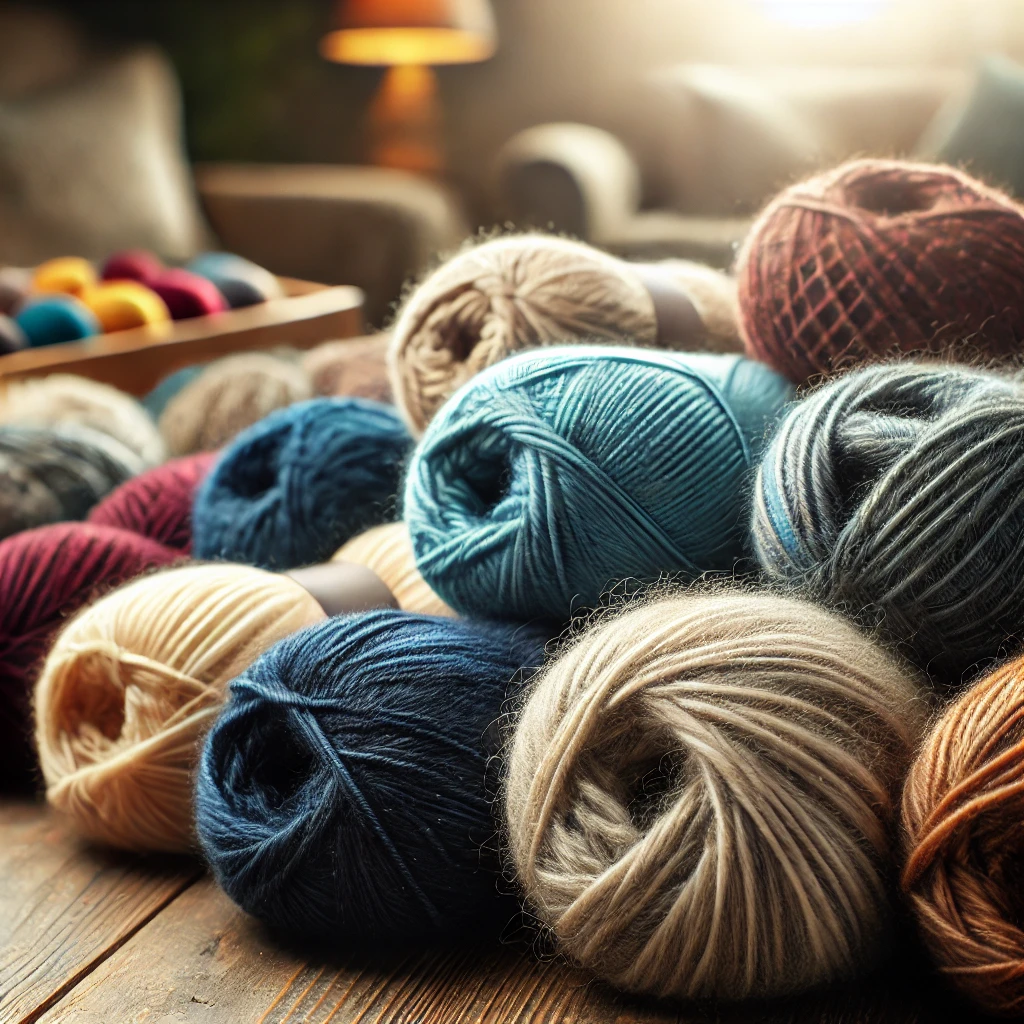
1. Texture: How Does It Feel?
One of the first things you’ll notice about a yarn is its texture. Is it soft, silky, scratchy, or fluffy? Here are some ways to evaluate texture:
- Softness: Ideal for wearable items like scarves, sweaters, and baby clothes. Wool blends, bamboo, and alpaca are often softer options.
- Firmness: Some yarns are stiffer, making them great for structured items like bags or baskets.
- Sheen: Silk or bamboo yarns often have a glossy finish, perfect for elegant designs.
👉 Test it out: Run the yarn through your fingers and see if it feels comfortable against your skin. If it’s too rough, it might not be suitable for clothing.
2. Durability: Will It Last?
Durability is key, especially for items that will be worn or washed frequently. Here’s what to consider:
- Pilling: Some yarns develop fuzz balls over time. Wool and acrylic blends tend to pill more than cotton or linen.
- Stretch & Recovery: Does the yarn bounce back after being stretched? This is essential for projects like socks or fitted garments.
- Washability: Check if the yarn is machine washable or hand wash only.
👉 Test it out: Try rubbing the yarn against itself for a minute and check if it starts pilling. Also, gently tug the strand to see how much it stretches.
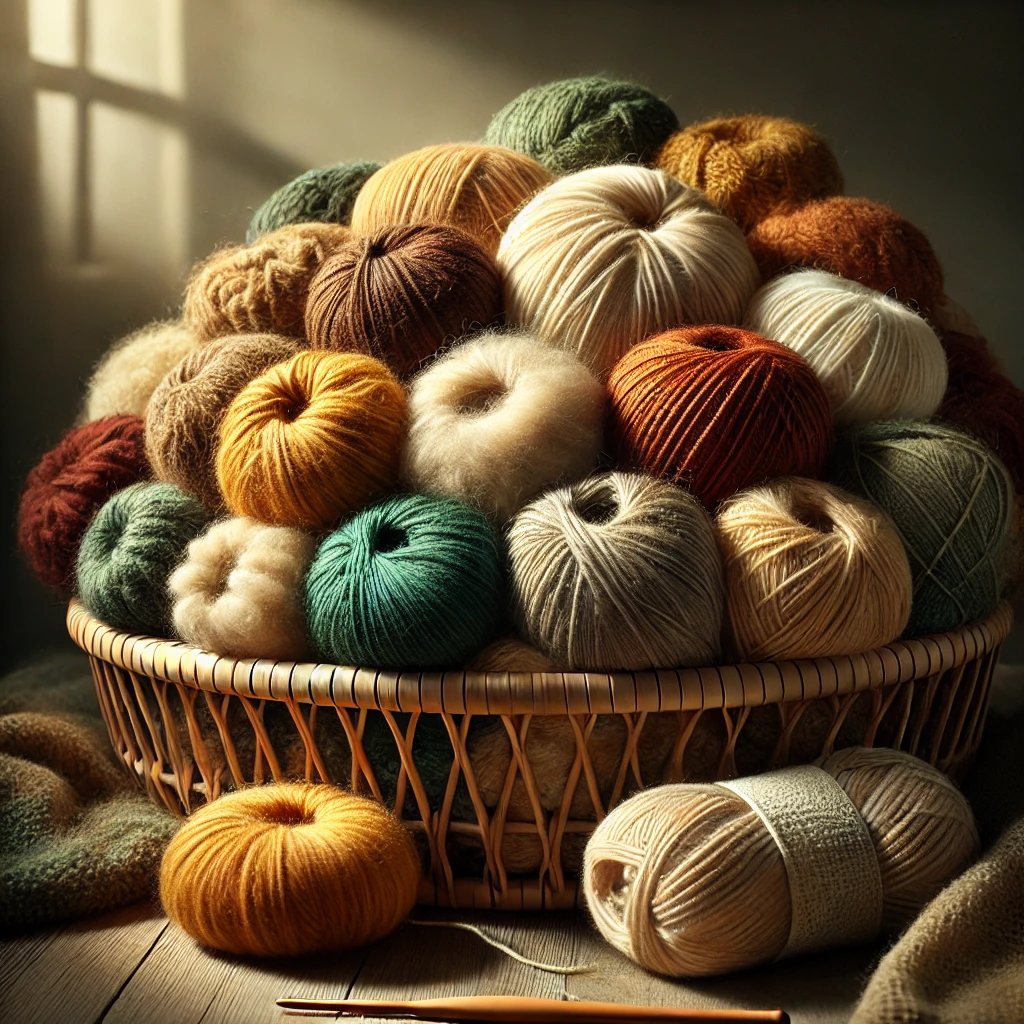
3. Stitch Definition: Will It Show Off Your Work?
Some yarns beautifully showcase stitch patterns, while others blur the details. Consider the following:
- Smooth vs. Textured Yarns: Smooth, tightly spun yarns highlight intricate stitches, while fluffy or fuzzy yarns (like mohair) tend to blur the details.
- Color Variations: Variegated or speckled yarns can add depth to simple stitches but may overshadow complex designs.
👉 Test it out: Knit or crochet a small swatch with the yarn and see how well the stitches stand out.
4. Weight & Ply: Matching Yarn to Your Project
Yarn weight (lace, fingering, DK, worsted, bulky) plays a major role in how a project turns out. Also, the number of plies (strands twisted together) affects strength and appearance.
- Lighter yarns: Best for delicate lacework, baby clothes, or socks.
- Medium-weight yarns: Great for sweaters, blankets, and accessories.
- Bulky yarns: Perfect for quick projects like chunky scarves and throws.
👉 Test it out: Look at the ply count—higher ply means smoother stitches, while single-ply may give a rustic look.
5. Fiber Content: What’s It Made Of?
Different fibers have different qualities. Here’s a quick breakdown:
- Wool: Warm, slightly elastic, great for winter wear.
- Cotton: Breathable, durable, ideal for summer garments.
- Acrylic: Affordable, easy to care for, but can pill.
- Alpaca: Soft and warm but can be a bit fuzzy.
- Bamboo & Silk: Smooth, luxurious, and lightweight.
👉 Test it out: Read the label for fiber content and think about how it matches your project’s needs.
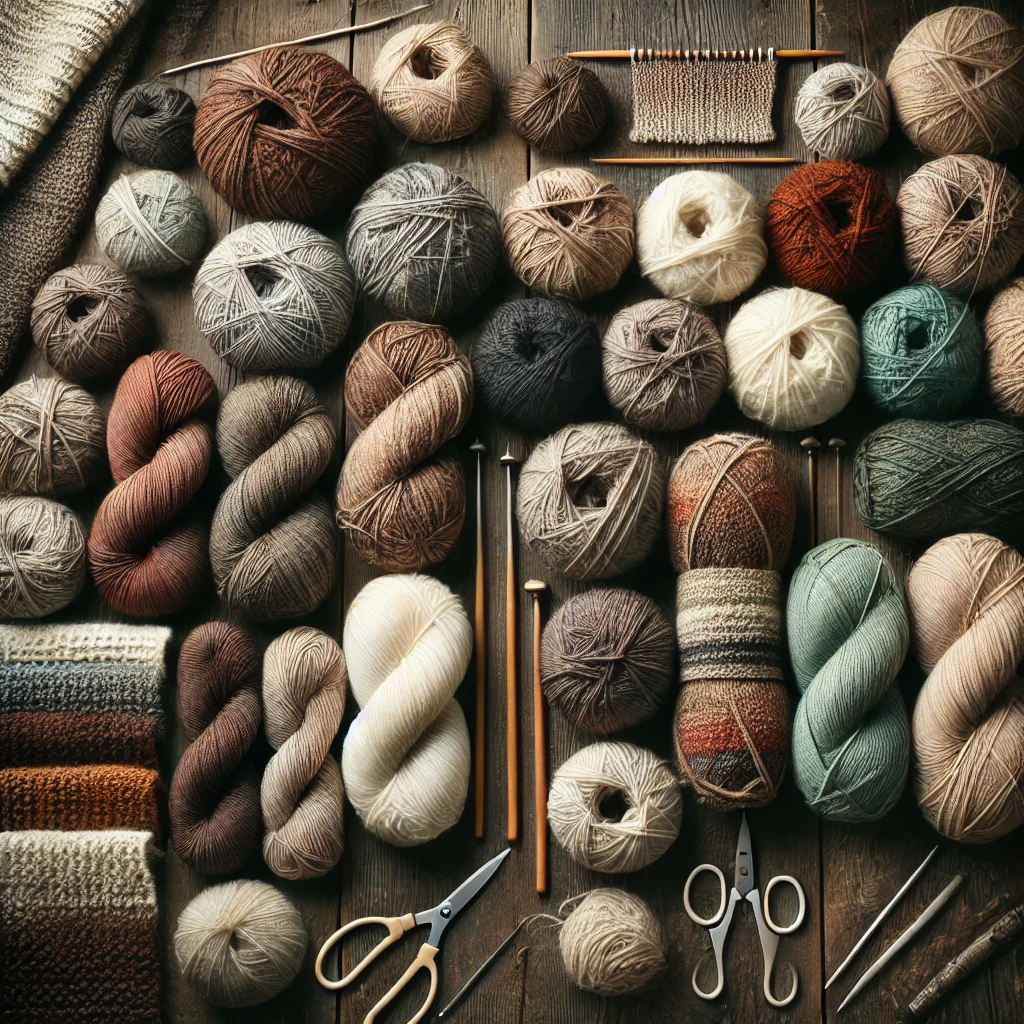
Final Thoughts
The best way to choose the right yarn is to experiment! Don’t be afraid to buy a few single skeins and test them out before committing to a big project. Keep a yarn journal to note what works best for different projects.
What’s your favorite yarn for crochet or knitting? Let us know in the comments!

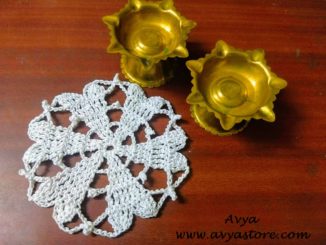
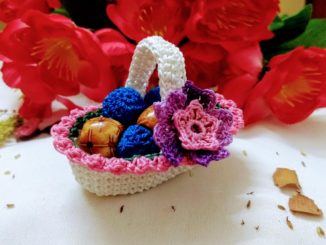
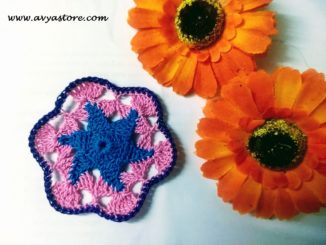
2 Trackbacks / Pingbacks